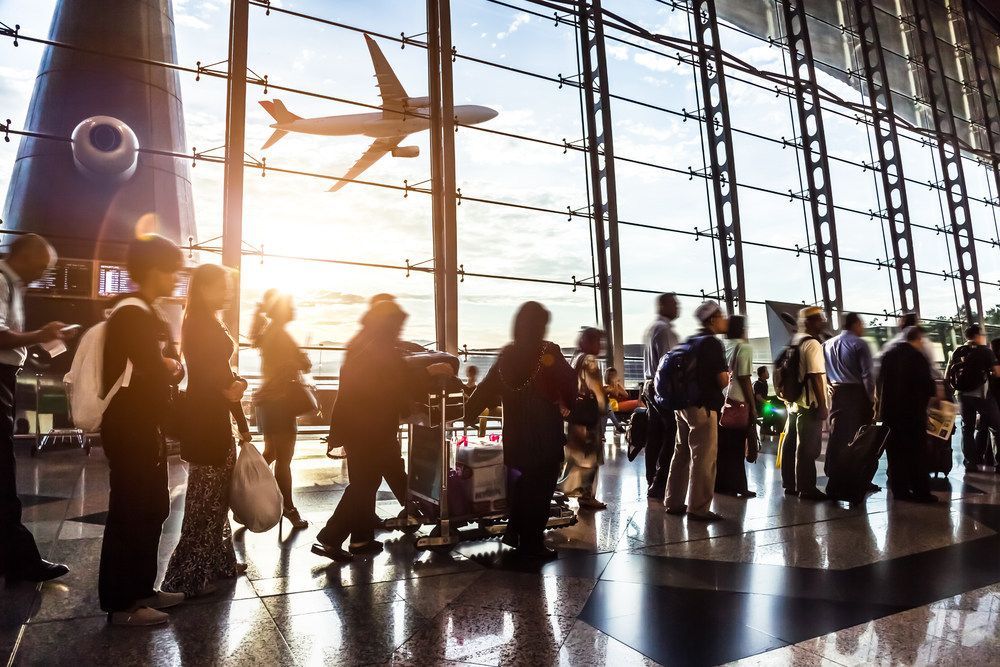Malaysia is poised for a significant surge in air passenger traffic, with projections indicating numbers reaching between 93.9 million and 107.1 million in 2024.
This growth, estimated at 10-25 percent year-on-year, signals a robust recovery to nearly 98 percent of the pre-pandemic levels observed in 2019, according to the Malaysian Aviation Commission (Mavcom).
In its latest Waypoint Report, Mavcom highlighted key factors influencing this upward trend. A major driver is the increased domestic and international travel, particularly to China and the ASEAN region. These destinations are pivotal in propelling the recovery momentum of Malaysia’s aviation sector.
However, the forecast isn’t without its challenges. Mavcom pointed out several downside risks, including the rising costs of jet fuel, the depreciation of the Malaysian ringgit, potential delays in aircraft deliveries, and manpower-related issues. These factors could potentially dampen the growth trajectory.
The first three quarters of 2023 saw a consistent rise in Malaysia’s passenger traffic, averaging a 7.6 percent quarter-on-quarter increase. By October, the passenger count had reached 69.9 million. This robust performance led Mavcom to revise its 2023 forecast upwards, now expecting a growth of 54-58 percent year-on-year, translating to 84.5 to 86.5 million passengers.
Conversely, Malaysia’s cargo volume experienced a downturn. In the third quarter of 2023, there was a 15.3 percent year-on-year drop to 4.7 billion freight tonne kilometers (FTK), attributed to weakened external demand, slower global growth, and ongoing geopolitical crises. Consequently, the 2023 air cargo forecast was revised downwards, anticipating a decline of 14.1 to 13.5 percent year-on-year, resulting in 18.7 to 18.8 billion FTK.
Despite the challenges in cargo volume, a potential turnaround is on the horizon for 2024. Mavcom projects a growth of 6.0 to 6.6 percent year-on-year, reaching 19.8 to 20.0 billion FTK. This optimistic outlook is driven by the low base in 2023, a potential upturn in the global technology cycle, ongoing recovery in China, and expected economic stabilization.
In terms of connectivity, Malaysia maintained its fifth position in ASEAN, with a connectivity score of 79.7 in the third quarter of 2023. Kuala Lumpur International Airport (KLIA) ranked third among major ASEAN airports in terms of direct air connectivity, scoring 59.9. This ranking places it behind Singapore’s Changi Airport and Thailand’s Suvarnabhumi Airport, which scored 102.1 and 89.1, respectively.
The report also highlighted that 55.3 percent of Malaysia’s international seat capacity was concentrated on ASEAN destinations. This significant reliance on traffic between neighboring countries underscores the importance of regional connectivity for Malaysia’s aviation sector.
Mavcom’s analysis of various indicators, including the number of hub passengers, connecting flights, direct destinations, airlines, and average connecting times, revealed mixed international hub connectivity performance among ASEAN airports in 2023. This comprehensive analysis is crucial for stakeholders to identify gaps and weaknesses and develop actionable strategies to enhance hub connectivity.
In conclusion, Malaysia’s aviation sector is on the cusp of a significant rebound in 2024, driven by increased travel to key destinations and a potential upswing in global economic conditions. While challenges such as fluctuating fuel prices and geopolitical issues persist, the overall outlook remains positive. The strategic focus on enhancing connectivity and capitalizing on regional travel demand is set to play a crucial role in the sector’s recovery and growth.













